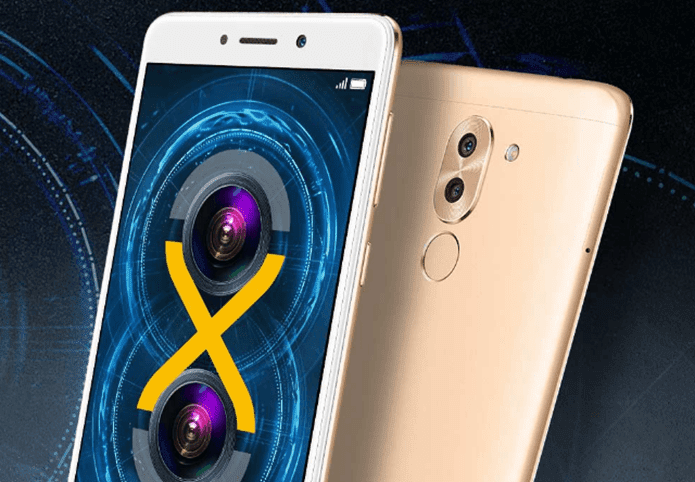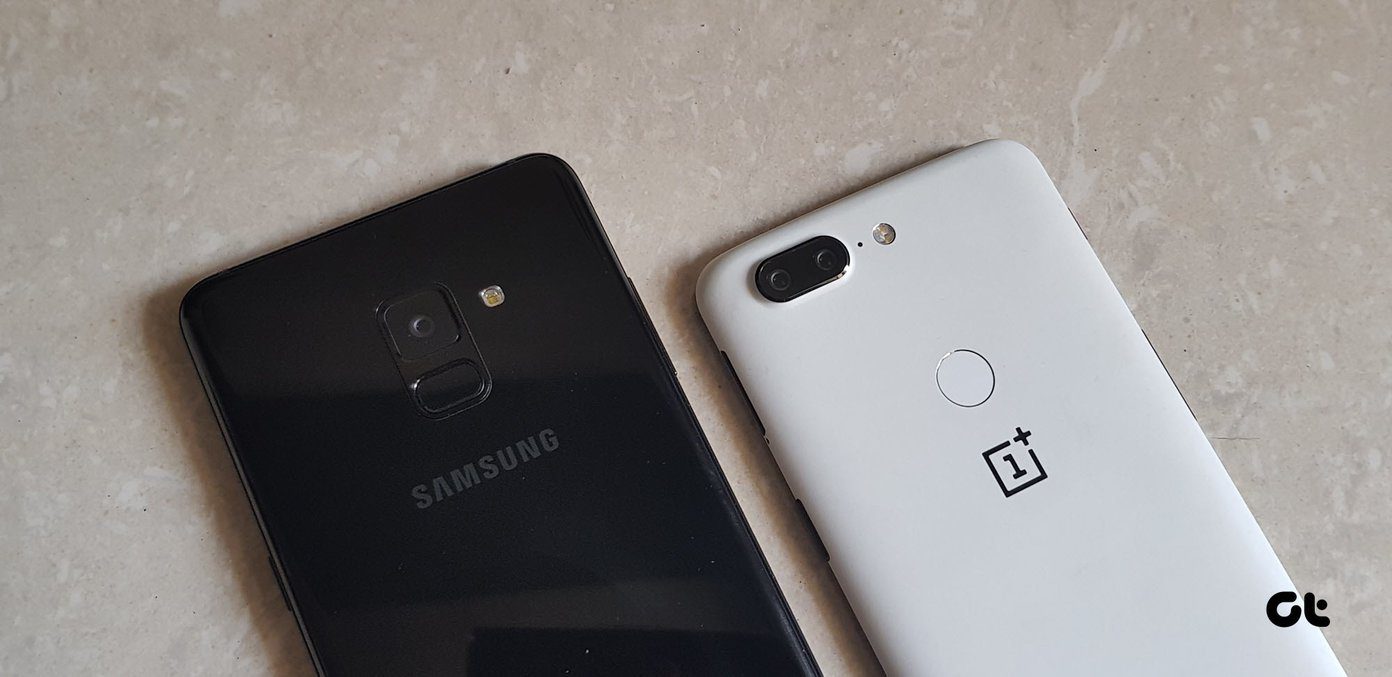With top-notch performance and battery life, the Honor Play and the Poco F1 are not just the ideal middle ground, they are the new standards of affordable flagships. So, in this post today, we will pit these phones against each other and see which one offers a better bang for your buck (and requirements).
Processor: The Battle of Speed
The Qualcomm Snapdragon 845 is the greatest feature in the Xiaomi Poco F1. Up until now, Qualcomm’s newest processor has been spotted in a number of high-flying phones such as the Samsung Galaxy Note 9 and the OnePlus 6. Being a flagship processor, the Snapdragon 845 can fly through most of your everyday tasks with ease, be it multitasking or gaming. All thanks to the eight Kryo 385 cores and the 10-nm silicon design process. On top of it, Xiaomi bundles the Poco F1 with a Liquid Cooling technology that claims of cooling the chip 300% faster and does its bit in keeping the temperature low. Under the hood, the Honor Play runs the in-house HiSilicon Kirin 970 chipset, the same one that powers the Huawei P20 Pro. Built using TSMC’s 10nm silicon design process, it’s an octa-core processor with the advantage of GPU Turbo technology.
Benchmarks
When it comes to the benchmark scores, the Poco F1 and the Honor Play clocked 267915 and 202072 respectively on the Antutu Benchmark tool. On Geekbench 4, the Poco F1 scored 2408 points while the Honor Play scored 1901 in single-core tests. While in multi-core tests, the scores were 8882 and 6649 respectively. Buy
Honor Play (4GB RAM |64GB Storage)
Build & Design: Which One Does it Better
When it comes to the design department, the Honor Play outshines the Poco F1. Pushing out a flagship in the Rs 20,000 price bucket isn’t easy and manufacturers usually cut a few corners to meet the profit margins. In Xiaomi’s case, unfortunately, one of those corners is the design. To be frank, the Poco F1’s design doesn’t stand out. It bundles a polycarbonate back, which gives the phone a plasticky look. The higher-priced variant sports a Kevlar back, though. Interestingly, the Honor Play sports a matte-on-metal design. Though not much, it ends up giving the Honor Play a premium look. To add to it, the phone is just 7.5mm thick, giving it a slim profile. In a nutshell, the Honor Play takes the crown in the design department.
Display: Of Colors and Crispness
Typical of most of the current smartphones, both the phones sport similar display specs. The Honor Play as well as the Poco F1 have been bundled with Full HD+ display IPS LCD screens. Notch is ‘the’ trend of 2018 and these phones proudly feature one. In terms of screen real-estate, the former sports a 6.2-inch screen with 19:9 aspect ratio while the latter packs a 6.18-inch screen with 18.7:9 aspect ratio. The Honor Play with streamlined bezels has the upper hand over the Poco F1. Ok, I may be nitpicking a bit, but the uneven bezels on the top as well as the bottom and the side edges of the Poco F1 irks the symmetry-lover in me. The display on both the phones is sharp and produces accurate colors. Plus, the sunlight-legibility in both the phones is spot on. So when it comes down to the overall display, both the phones do superbly well.
Screen Protection
The Xiaomi Poco F1 uses Gorilla Glass 3 while the Honor Play doesn’t have much in the name of screen protection. Though the Gorilla Glass 3 is tad old now that we have the current generation Gorilla Glass 6, it will do its bit in protecting the devices from scratches and screen shatters.
Camera: The Clicking Game
Let’s have a look at the camera specifications of both the phones. It wouldn’t be fair to pit both the phones against the flagships like OnePlus 6 or the Samsung Galaxy S9. Sure, they do provide above average camera quality but you won’t find top-tier imaging features like optical zoom or OIS. Instead, what these phones have are great AI capabilities. Though they sound great on paper (and they seem to do a pretty good job, for the Honor Play produced crisp photos with accurate color reproduction), it’s more of a hit or a miss. In fact, in the case of Honor Play, it merely increases the exposure of the pictures. If you ask me, I prefer to adjust the brightness and exposure manually. The following pictures were captured using the AI-powered Scene Detection mode, and I will leave it to you to be the better judge. When it comes to the camera quality, both the Honor Play and the Poco F1 managed to churn out pretty good pictures. On an individual level, they did a great job. But when you place them side by side, the Honor Play did a better job. Following are some of the sample pictures captured in daylight conditions. The Poco F1 rendered better shots with less noise and grainy textures in low light conditions.
Battery: Life on Cell
On the battery front, the Poco F1 packs a whooping 4,000mAh battery unit and is accompanied by a 9V/2A adapter. Plus, it has the Qualcomm Quick Charge 3.0 advantage which makes charging-on-the-go an easy affair. The 4,000mAh battery will easily run through a day and a half even with a heavy usage. We used the Poco F1 extensively for twelve hours straight to get a screen-on time of more than three hours and still had 40% battery juice left. The Honor Play, on the other hand, is powered by a 3,700mAh battery and is accompanied by a 9V/2A adapter. Charging this massive battery took me around one and a half hours. In terms of usage, the Honor Play lasted more than a day and a half. The bottom line is that both the Honor Play and the Poco F1 are built for heavy usage. Both the options are good, but if you are looking for the better one with fast charging, the Poco F1 it is.
Software: The Advantage of Face Unlock
Last but not the least, the Poco F1 has an Infrared Face Unlock meaning that you can unlock your phone even in low-light and dark situations. As opposed to this, the Honor Play sports the traditional Face Recognition feature sans the infrared capability. Though Honor’s face unlock is accurate, it fails to work well in low light conditions.
Pricing and Variants
The Poco F1 has three variants that are up for sale. The 6GB variant has two storage options — 64GB and 128GB, while the 8GB variant (obviously priced higher) has a storage option of 256GB. The pricing is as follows:
6GB / 64GB for Rs 20,9996GB / 128GB for Rs 23,9998GB / 256GB for Rs 28,999
On the other hand, the 4GB / 64GB variant of the Honor Play retails at Rs 19,999 while the 6GB model retails at Rs 23,999. A sore point for Xiaomi is its selling policy. If you have ever attempted to buy a Xiaomi phone in one of its flash sales, you must know the agony of adding a phone to the cart with stocks running out faster than The Flash.
Who is the Winner?
So, which is the better phone? Well, to tell you the truth, deciding on the ultimate winner ultimately boils down to your personal preference. Though both the phones tick the right boxes, the real question is what is that one thing which pushes one ahead of the other. As a standalone device, the Honor Play is perfect for gaming and multitasking. Not to mention that its slim profile and matte-on-metal feel are a plus point. But one begins to see the differences when it is placed next to the Poco F1. The Snapdragon 845’s performance races ahead of the Honor Play’s Kirin 970. Not only was the gaming experience better but the fact that the Poco F1 heated less was the final nail in the coffin. But then again, I found the Honor Play’s camera better than the Poco F1. In a nutshell, while the Honor Play excels in the case of design and camera quality, the Poco F1 gives preference to performance, thus staying true to its tagline. So, yes, if you want a supercharged phone for gaming, get the Xiaomi Poco F1. But if you are someone who’d like to carry a well-designed phone and isn’t interested much in gaming (and save a few thousand bucks in the process), Honor Play is the one for you. Now you know what you need to do. You must check which of the phones has everything you want before buying it. Buy
Honor Play (4GB RAM |64GB Storage)
The above article may contain affiliate links which help support Guiding Tech. However, it does not affect our editorial integrity. The content remains unbiased and authentic.




























